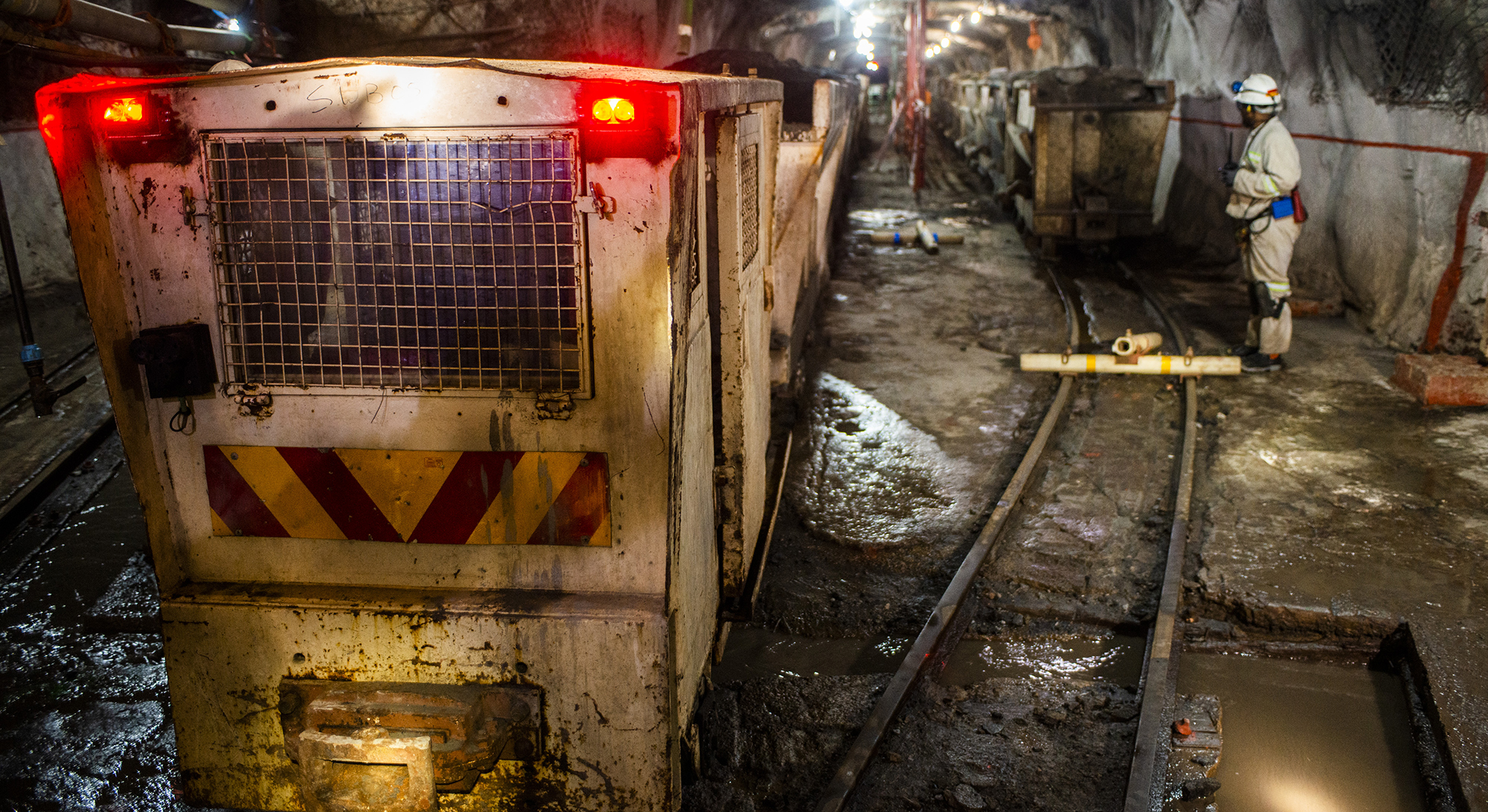Mineral Resources and Energy Minister Gwede Mantashe provided more clarity on his department’s slow-motion and fumbling attempts to replace its utterly useless Samrad system with a functional mining cadastre in his Sona debate address on Tuesday.
“The DMRE (Department of Mineral Resources and Energy) is... seized with addressing the backlog in prospecting and mining applications. In the last 18 months, we have reduced the backlog by 42%. The procurement of a customized cadastral system is under way. In this regard, a request for proposal will be issued by no later than the end of this month, February 2023,” the minister said near the end of his speech.
“Seized” has become the term du jour among government speech writers in South Africa, which is ironic because departments like the DMRE seem anything but. “Seized” with stalling for time seems more like it, and the cadastre is a transparent case in point.
To wit, a mining cadastre is an online portal that allows the public easy access to view existing mining rights, exploration permits and related things, as well as the known geological features of a mining jurisdiction. It also allows companies to apply for various mining, exploration and prospecting rights while viewing what is already in play and what companies are involved.
Backlog
The lack of one is a key reason behind the backlog of prospecting and mining applications that Mantashe referred to, and is also a significant obstacle to fresh investment in South Africa’s mining sector. This delays new projects, the jobs they could create, and the contribution they could make to gross domestic product and the fiscus, among other matters.
In short, it is emblematic of South Africa’s failing state and the shattered economy that is among its many consequences. But is there a sense of urgency? Well, new coal deposits might form first.
In October, the DMRE signalled its intention to procure a cadastre by the end of this financial year, but that seemed like a tight time frame. Now it transpires that the request for proposals will only be issued this month.
But as President Cyril Ramaphosa told the Mining Indaba in Cape Town last week, at least an “off-the-shelf” system is on its way, or “customised”, as Mantashe said this week.
Read more in Daily Maverick: “Ramaphosa says ‘off-the-shelf’ mining cadastre for SA on its way”
As we have pointed out many times in this publication, the gold standard on this front, the Trimble/Spatial Dimensions system, is already in use in jurisdictions such as Botswana and Zambia – and the latter is now one of the African investment darlings of the mining sector.
Read more in Daily Maverick: “Botswana’s mining cadastre reveals hydrocarbon scramble in iconic Kalahari game reserve”
They transparently show the state of play of mining rights and what companies are involved and where.
But only issuing the request for proposals now means it will take at least another year or more to get a functioning cadastre up and running, according to several mining analysts Business Maverick has spoken to about the issue.
Years squandered
The DMRE squandered years trying to tender for one to be built from scratch – a suspicious process which suggested that the department was not really interested in transparency – and made such a hash of it that the process had to be scrapped.
You know you have screwed up big time when you can’t get a dubious or problematic tender through the gates under an ANC government. Just saying.
“Integral to investment attraction, the Council for Geoscience’s mapping programme is critical to identify and affirm new mineralisation systems that are consistent with the new demand trajectory of mineral resources, such as battery minerals,” Mantashe said in his 2019 Sona debate address.
“The programme aims to secure a minimum of 5% of the global exploration budget within the next three to five years.”
Visit Daily Maverick’s home page for more news, analysis and investigations
Four years later, South Africa’s share of global exploration spending remains under 1% – which brings to mind that word again: failure.
A key reason has been the foot-dragging on the cadastre front. Companies can’t invest in exploration if there is a backlog of applications or if they can’t see precisely what is going on.
And without exploration, new mines – which have timelines of years and even decades – cannot be built.
As with load shedding and a plethora of other ANC-made crises, the government has fiddled inside its bubble while the inferno has raged outside it.
One suspects that the only reason action of a sort is now taking place is that it is also now starting to feel the heat, and there are elections next year. DM/BM




 Freight wagons on tracks in the mine shaft at the Sibanye-Stillwater Khuseleka platinum mine. (Photo: Waldo Swiegers / Bloomberg via Getty Images)
Freight wagons on tracks in the mine shaft at the Sibanye-Stillwater Khuseleka platinum mine. (Photo: Waldo Swiegers / Bloomberg via Getty Images)